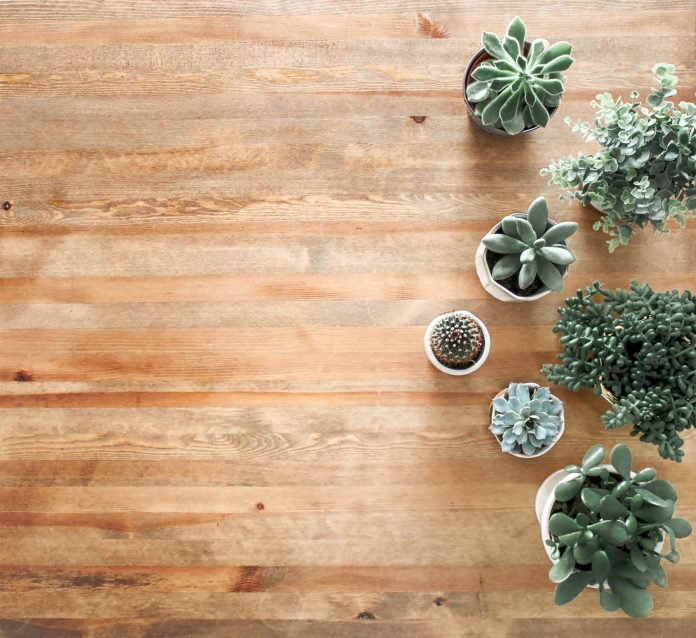Humidity is a common issue. Weather and intensity varies around the world, but the constant musty odor and soggy feeling are common. No matter what floor cleaner and room freshener you use, it doesn’t go away. The only solution is to reduce the humidity. You may want to know about the wall repairing techniques for damp walls. Follow vocht bestrijden for updated information.
Electric dehumidifiers found at Dehumidifier Critic are not always a sustainable solution for you. They leave a large carbon footprint and are expensive as well. But then how can you keep a home humidity-free? There is an eco-friendly, cheap and sustainable way to keep your home office smelling fresh and pure. There are certain plants that act as natural dehumidifiers. All you need to do is keep them inside the house in the areas that are dampest. The rest will be taken care of by these plants.
Here we have compiled a list of the 5 most effective plants that act as dehumidifiers:
1. Boston fern: A boston fern needs a warm and moist environment to grow. A damp place is its perfect spot. It absorbs the moistness around it to compensate for the water requirements. As a result, it acts as a dehumidifier. It also acts as an air purifier by absorbing benzene, xylene, and formaldehyde.
2. Peace lily: With its dense foliage and beautiful flowers, the peace lily is perfect for indoor décor. But its leaves have an important role to play. They absorb moisture from the surroundings, hence regulating humidity. They also remove acetone, alcohol and other air pollutants from the air. The plant requires little sunlight and watering. It is easy to maintain as well.
3. Cactus: These plants have a waxy surface and their leaves are reduced to spines for minimum transpiration. They absorb air moisture to meet their water requirements and because of low transpiration, they leave no moisture in the surroundings. They will look attractive on a desk in your home office.
4. Mosses: Mosses are classified as epiphytes. These are a type of plants that survive on other plants. While the host plants provide nutrients, mosses get water and air from their surroundings. When you plant them, they will absorb water from the humid surroundings, thereby acting as a dehumidifier.
5. Tillandsia: This is the best dehumidifying plant. Growing without soil, it meets its water and nutrient requirements from the air. When you place it in a humid place, it takes up the water content of the air. Its strategically designed leaves allow water particles to enter the plant. But there is a minimum amount of transpiration. It does not contribute any water content to its surroundings. It beautifies a home too!
Conclusion
Humidity inside a house can be irritating and unhealthy. Installing an electric dehumidifier should not be considered a smart solution. It will contribute to global warming by consuming electricity. A better approach is to use dehumidifying plants. That way, you will have a moisture-free home and abundant greenery too, which will encourage positive home office morale. In fact, all dehumidifying plants control indoor air pollution too. Isn’t that a wonderful way to make the planet greener!
Find a Home-Based Business to Start-Up >>> Hundreds of Business Listings.















































